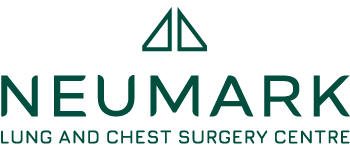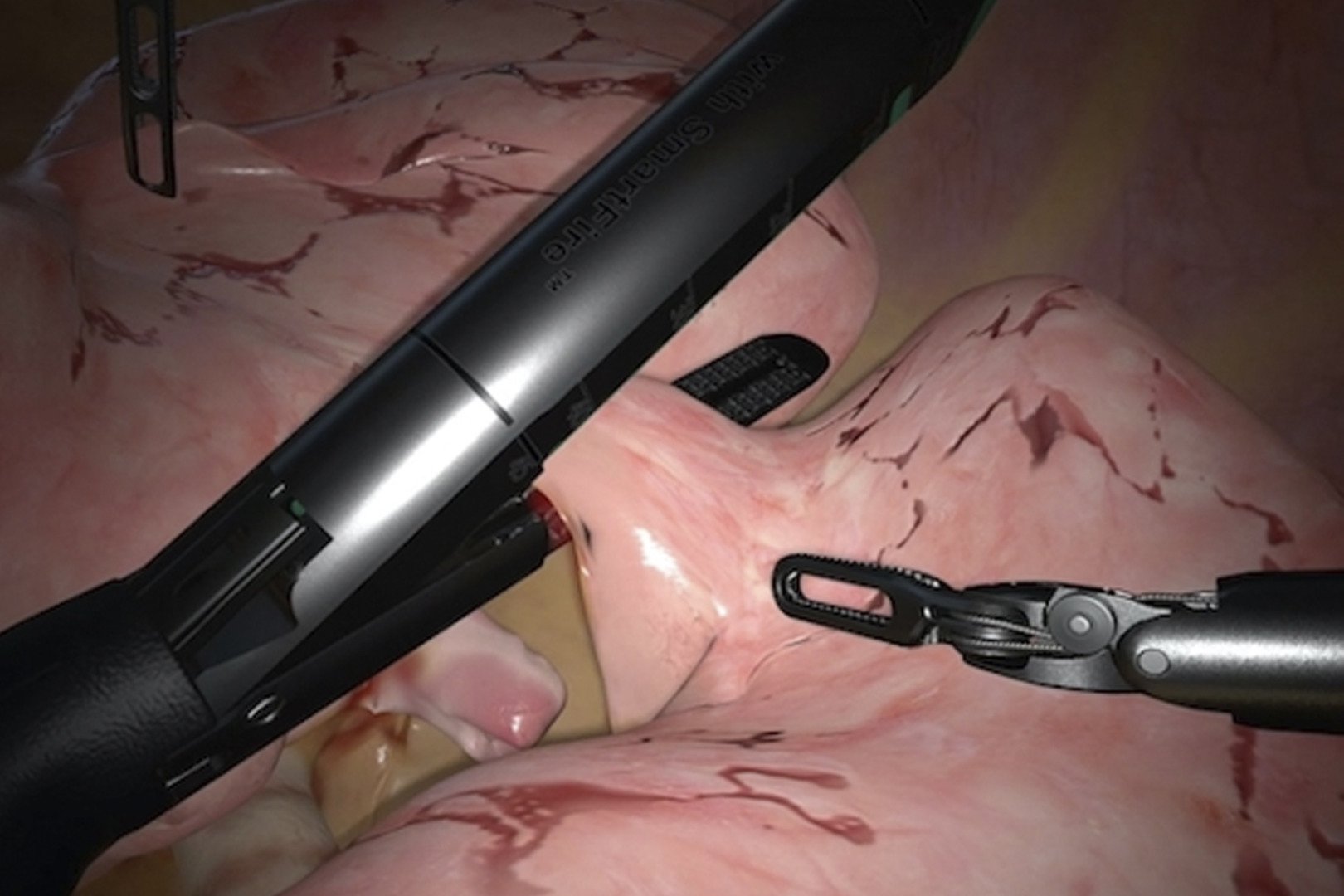A lung cancer diagnosis often triggers a wave of questions, and for many, the most pressing concern is treatment. While options may include chemotherapy, radiotherapy or immunotherapy, surgery remains one of the most effective treatments for early-stage lung cancer. For suitable candidates, surgical removal of the tumour offers both a chance of a cure and possibly significantly reduces the risk of recurrence.
Not all lung surgeries are the same. The types of surgery for lung cancer vary depending on the tumour’s size, location and stage, as well as the patient’s overall health and lung function. Understanding these options and the advanced technologies used to perform them is key to making informed decisions about your care.
At Neumark Lung & Chest Surgery Centre, we believe that informed patients make better decisions about their care, which is why we’re here to guide you through the different types of lung surgery for lung cancer.

What Is Lung Cancer Surgery and Why Is It Done?
Your lungs are sophisticated organs divided into distinct sections called lobes – three on the right side and two on the left. Each lobe contains smaller divisions called segments. Depending on the segment of the lung cancer, surgeons will tailor their approach for your lung surgery. The types of lung surgery recommended depend on several critical factors: the size and position of the tumour, the specific type of lung cancer you have, and whether the disease has spread beyond its original location.
Most surgical treatments for lung cancer aim to remove part, or all of the lung, that contains cancer. This is also known as a lung resection and is most commonly performed for non-small cell lung cancer (NSCLC), especially in its early stages, before the disease has spread to other parts of the body. There are many types of lung surgery, each with its own benefits and unique approaches. The ultimate aim for all of them is the same: to remove all visible cancer along with a margin of healthy tissue and nearby lymph nodes. This approach helps prevent cancer recurrence by ensuring microscopic disease is addressed.
Thoracic surgery can be life-saving. In fact, for Stage I and II lung cancers, surgery alone may offer a curative pathway. Choosing the proper procedure is critical, both for the outcome and your quality of life afterwards.
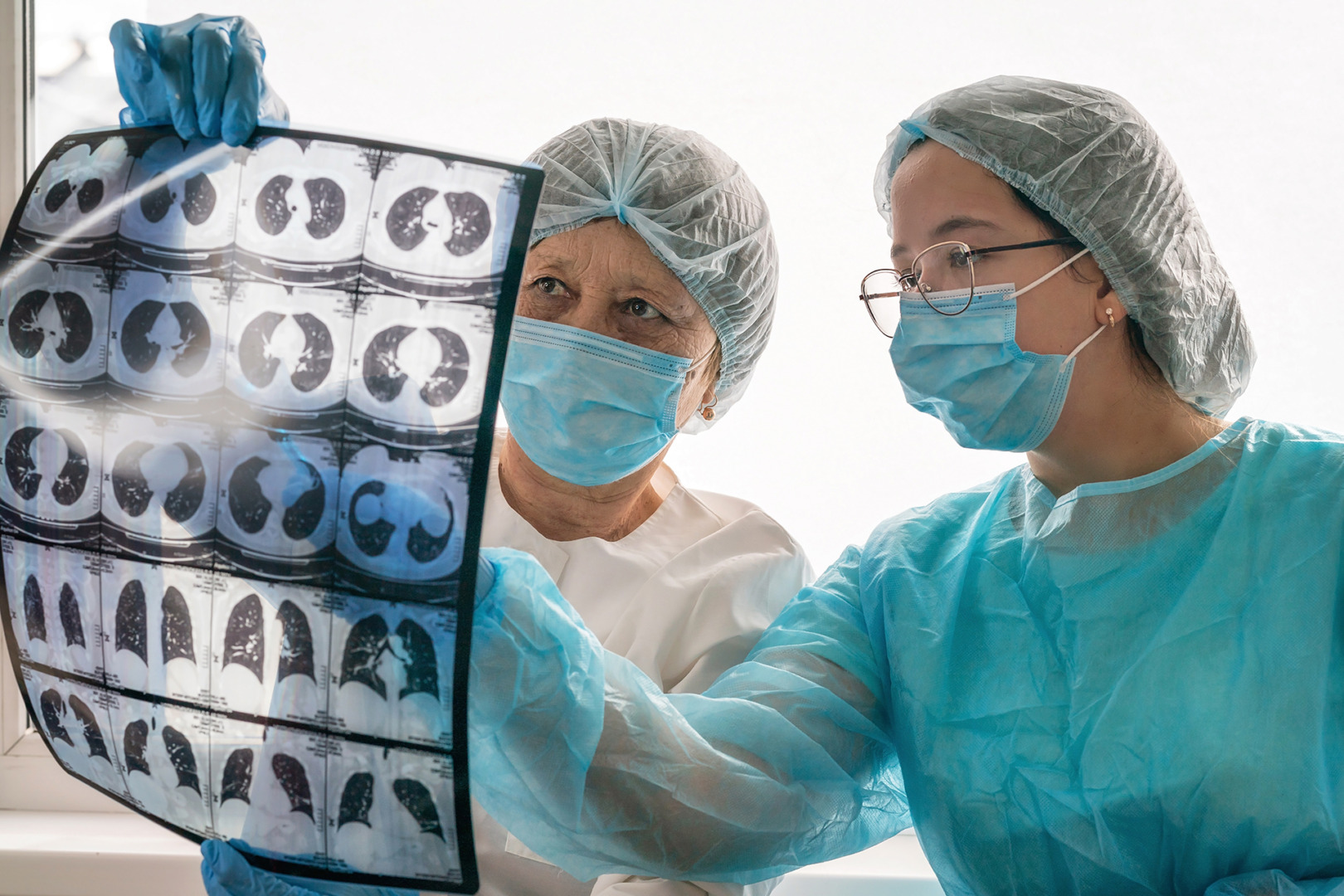
Major Types of Lung Cancer Surgery
Lobectomy: The Gold Standard
Lobectomy remains the most commonly performed surgery for early-stage lung cancer, involving the removal of an entire lobe containing the tumour. This procedure is considered the ‘gold standard’ because it provides the best balance between complete cancer removal and the preservation of healthy lung function. During a lobectomy, your surgeon will carefully remove the affected lobe along with nearby lymph nodes to ensure no cancer cells are left behind.
The major strength of a lobectomy is its thoroughness. By removing the entire lobe, surgeons eliminate not only the visible tumour but also any microscopic cancer cells that might be present in the surrounding tissue. Most patients adapt remarkably well to life with four or three lobes instead of five, maintaining an excellent quality of life post-surgery.
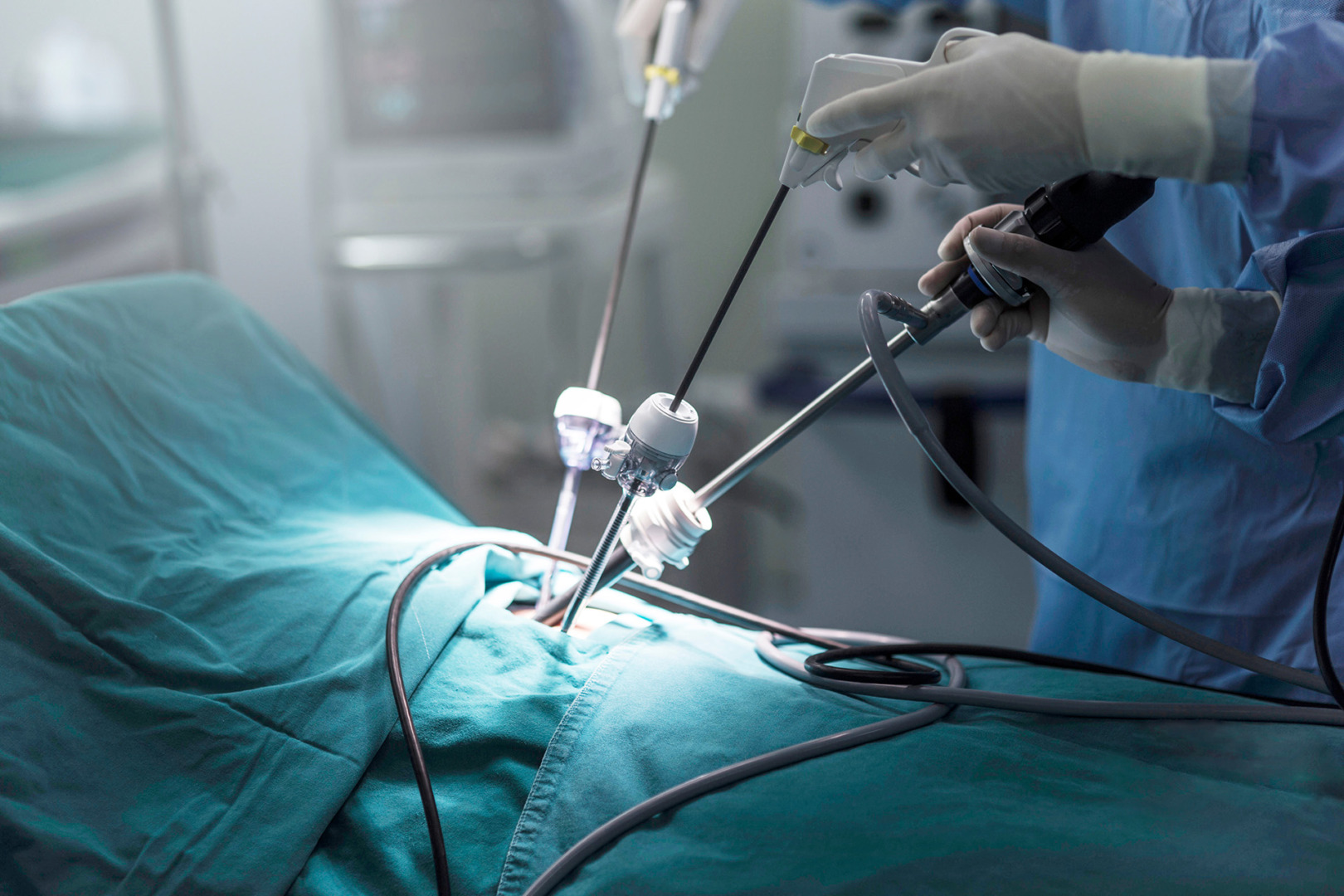
Pneumonectomy: Complete Lung Removal
When the cancer is centrally located or involves multiple lobes, pneumonectomy, the removal of an entire lung, may be necessary. This is a major operation reserved for specific situations where no other surgical option would effectively eliminate the cancer. Whilst this sounds daunting, many patients live full, active lives with one lung, though they may experience some limitations with very strenuous activities.
Before recommending pneumonectomy, your surgical team will conduct comprehensive breathing tests to ensure you can tolerate the procedure safely. The decision is never taken lightly, and extensive discussions will take place to ensure you understand both the benefits and potential challenges of this type of lung surgery.
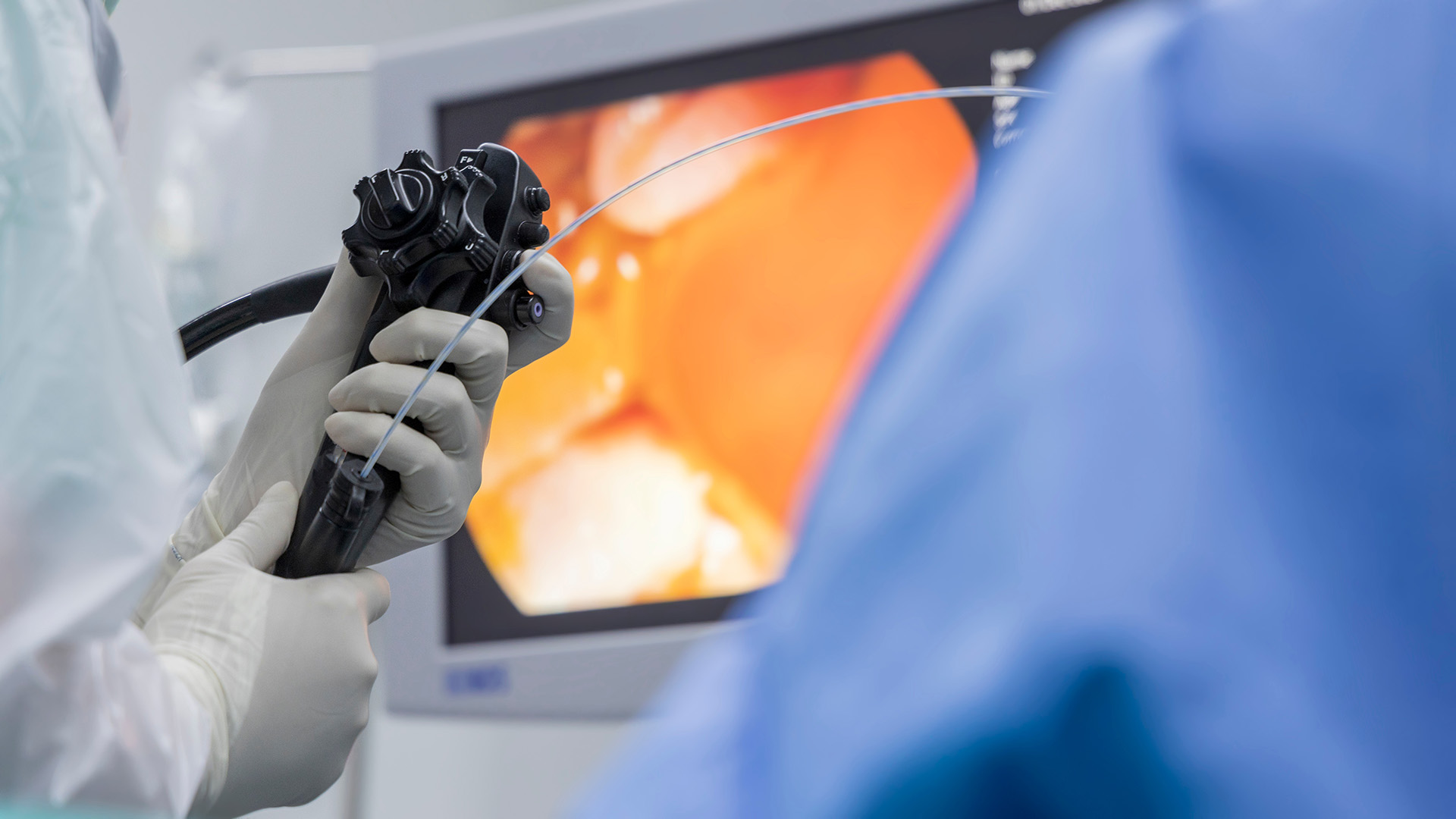
Segmentectomy: Precision Removal
In cases with smaller tumours or for patients who cannot tolerate more extensive surgery due to limited lung function, segmentectomy offers a targeted approach. This procedure removes specific segments of a lobe whilst preserving the remainder, making it particularly valuable for patients with compromised respiratory function or multiple medical conditions.
Segmentectomy requires exceptional surgical precision, as the surgeon must identify and preserve the blood vessels and airways that serve the remaining segments, while completely removing the cancerous tissue. This procedure has gained popularity as imaging technology has improved, allowing for better identification of small, early-stage cancers.
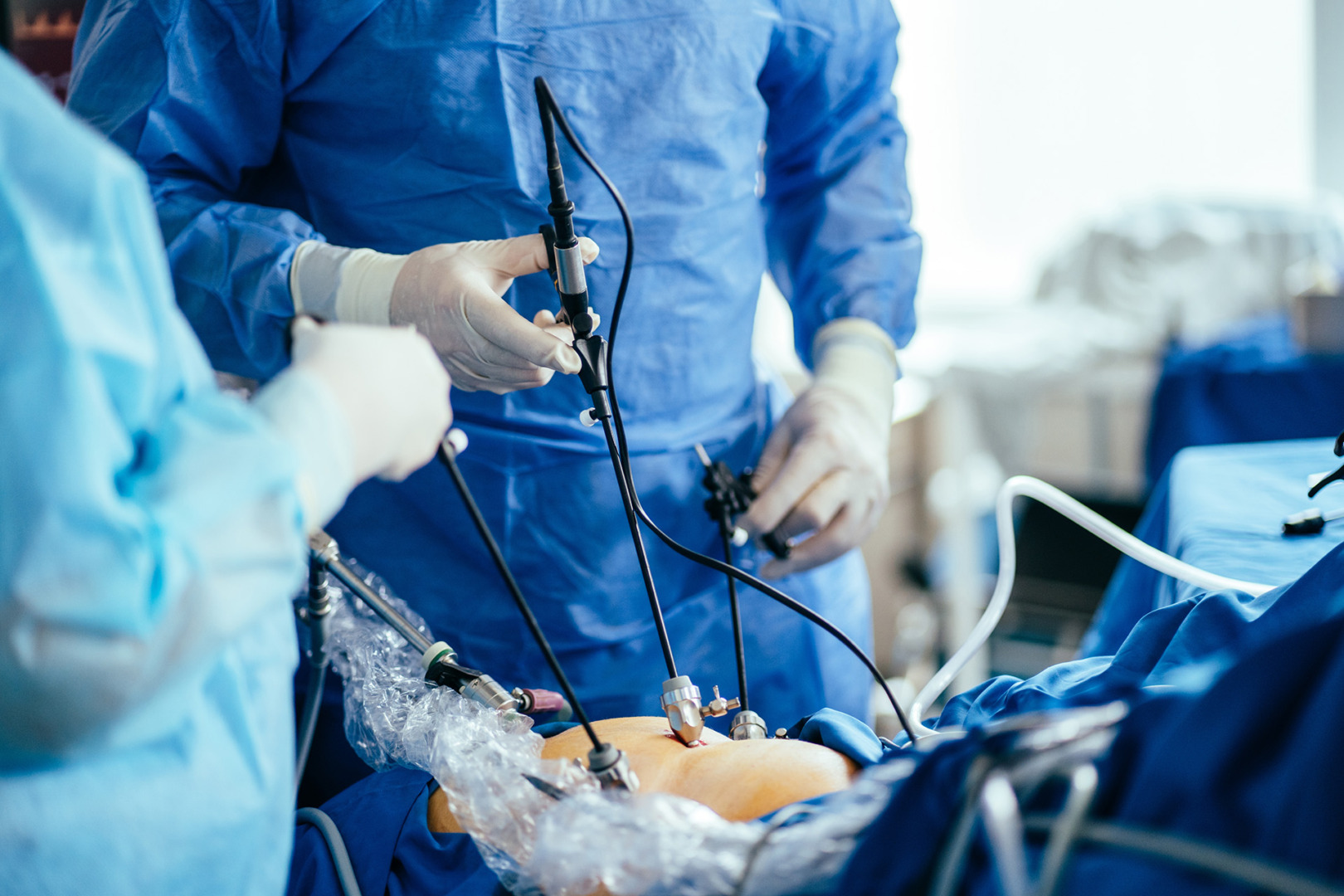
Wedge Resection: Minimal Tissue Removal
This is the least extensive option, where a small, wedge-shaped portion of the lung containing the tumour, along with a margin of healthy tissue, is removed. This approach is typically reserved for very small tumours, patients with significantly compromised lung function, or situations where the cancer’s characteristics suggest a low risk of spread.
Whilst wedge resection preserves the maximum amount of healthy lung tissue, it may carry a slightly higher risk of local recurrence compared to more extensive procedures. Your surgeon will carefully weigh these factors when recommending the most appropriate approach for your specific situation.
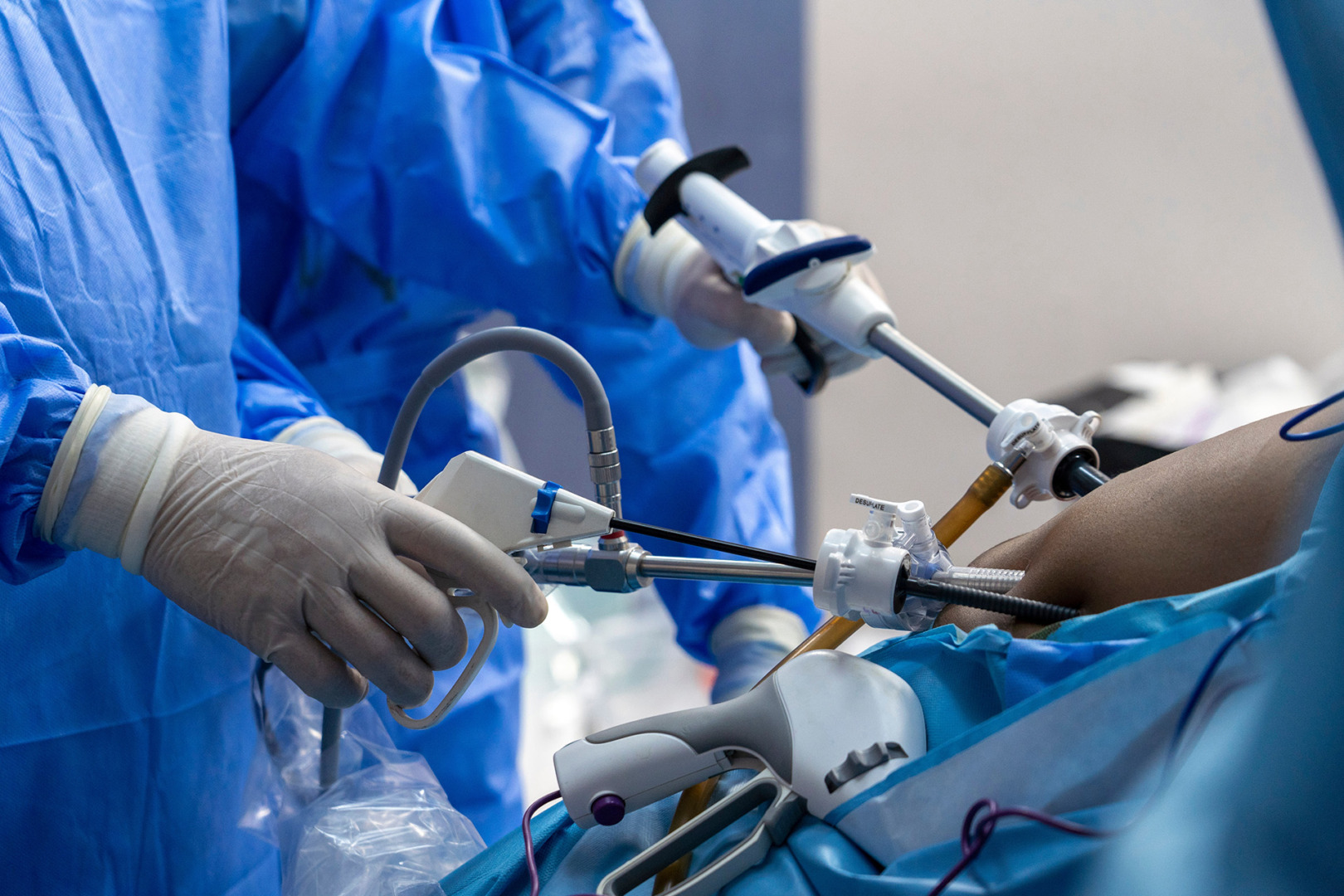
Sleeve Lobectomy: Preserving Function
In cases where cancer involves the main airway (bronchus) leading to a lobe, a pneumonectomy is not an option. A sleeve lobectomy offers a viable alternative. Through this sophisticated procedure, a surgeon removes the affected airway section and reconnects the remaining airway, thereby preserving healthy lung tissue that would otherwise be sacrificed.
Sleeve lobectomy requires considerable surgical expertise but can significantly improve post-operative lung function compared to a pneumonectomy. It’s particularly valuable for younger patients or those with limited respiratory reserve.
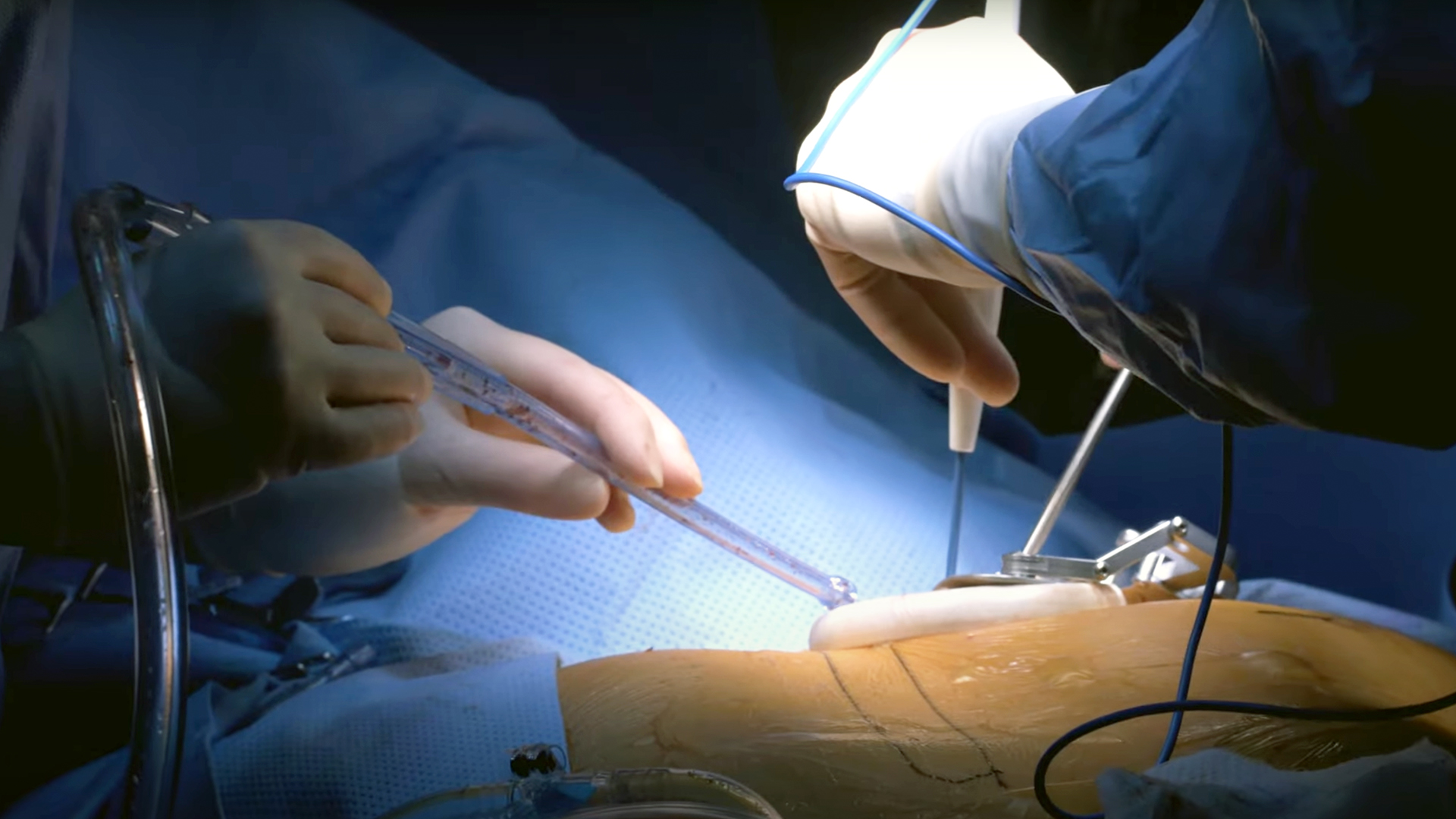
Advanced Surgical Approaches at Neumark Lung & Chest Surgery Centre
At Neumark Lung & Chest Surgery Centre, we’ve adopted minimally invasive techniques that enhance the surgical experience for our patients. These include Video-Assisted Thoracic Surgery (VATS) and Robotic-Assisted Thoracic Surgery (RATS), both of which are valuable tools for lung surgery in the treatment of lung cancer.
Video-Assisted Thoracic Surgery
Video-assisted thoracic surgery (VATS) is a significant advancement in lung cancer treatment, enabling surgeons to perform complex procedures through multiple small incisions rather than a single large incision.
During VATS procedures, a tiny camera and specialised instruments are inserted through small incisions, providing the surgeons with magnified, high-definition views of the lung area. This approach typically results in less post-operative pain, shorter hospital stays, and faster recovery times compared to traditional open surgery. Many of our patients are surprised by how quickly they return to their normal activities following VATS procedures.
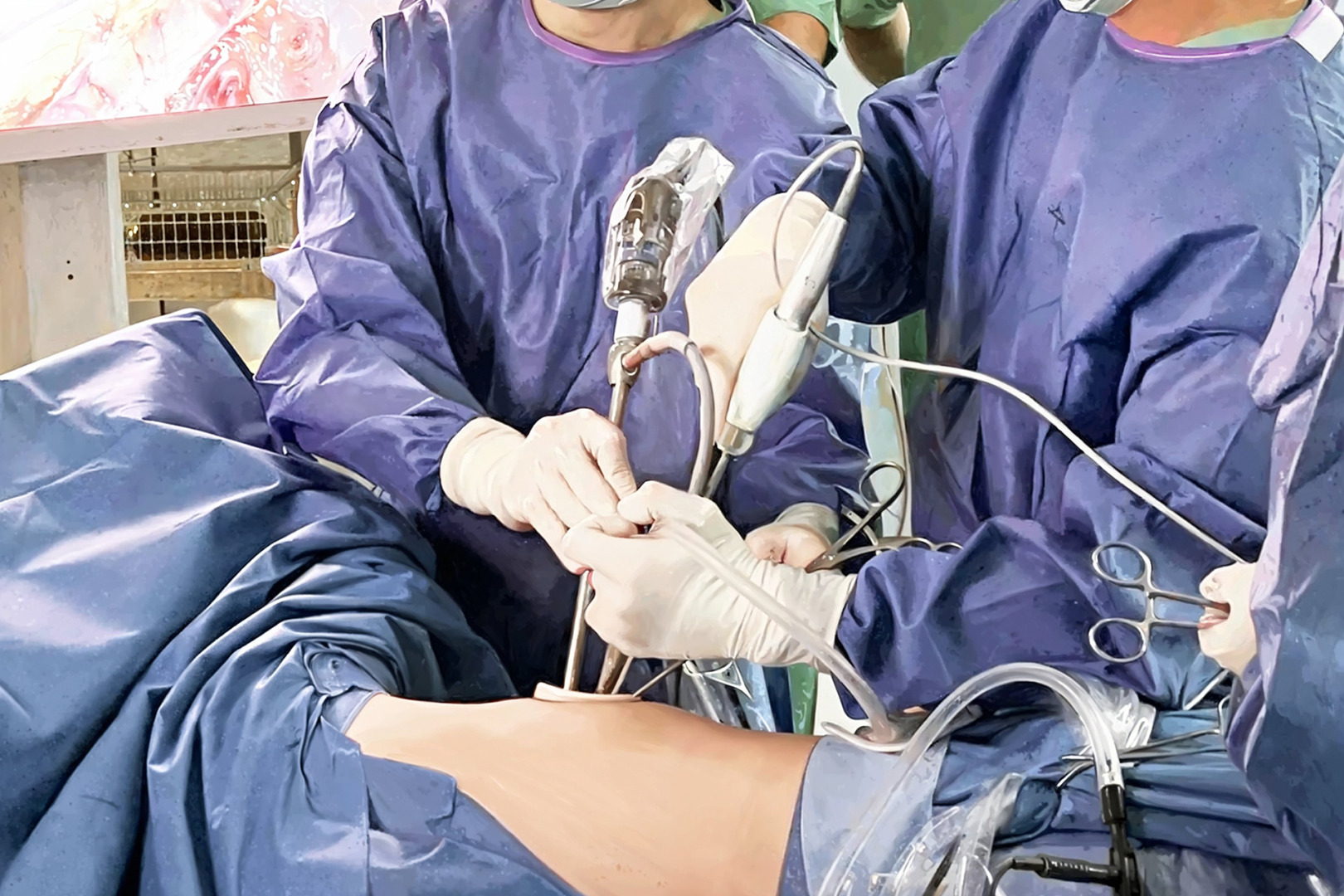
Robotic-Assisted Thoracic Surgery
Robotic-Assisted Thoracic Surgery (RATS) takes minimally invasive surgery for lung cancer to the next level. The robotic system provides surgeons with enhanced dexterity, improved visualisation, and tremor-free precision, which can be particularly beneficial for complex cases requiring delicate tissue handling.
The three-dimensional visualisation and articulated instruments allow for movements that would be impossible with traditional tools, enabling surgeons to work in confined spaces with remarkable accuracy.
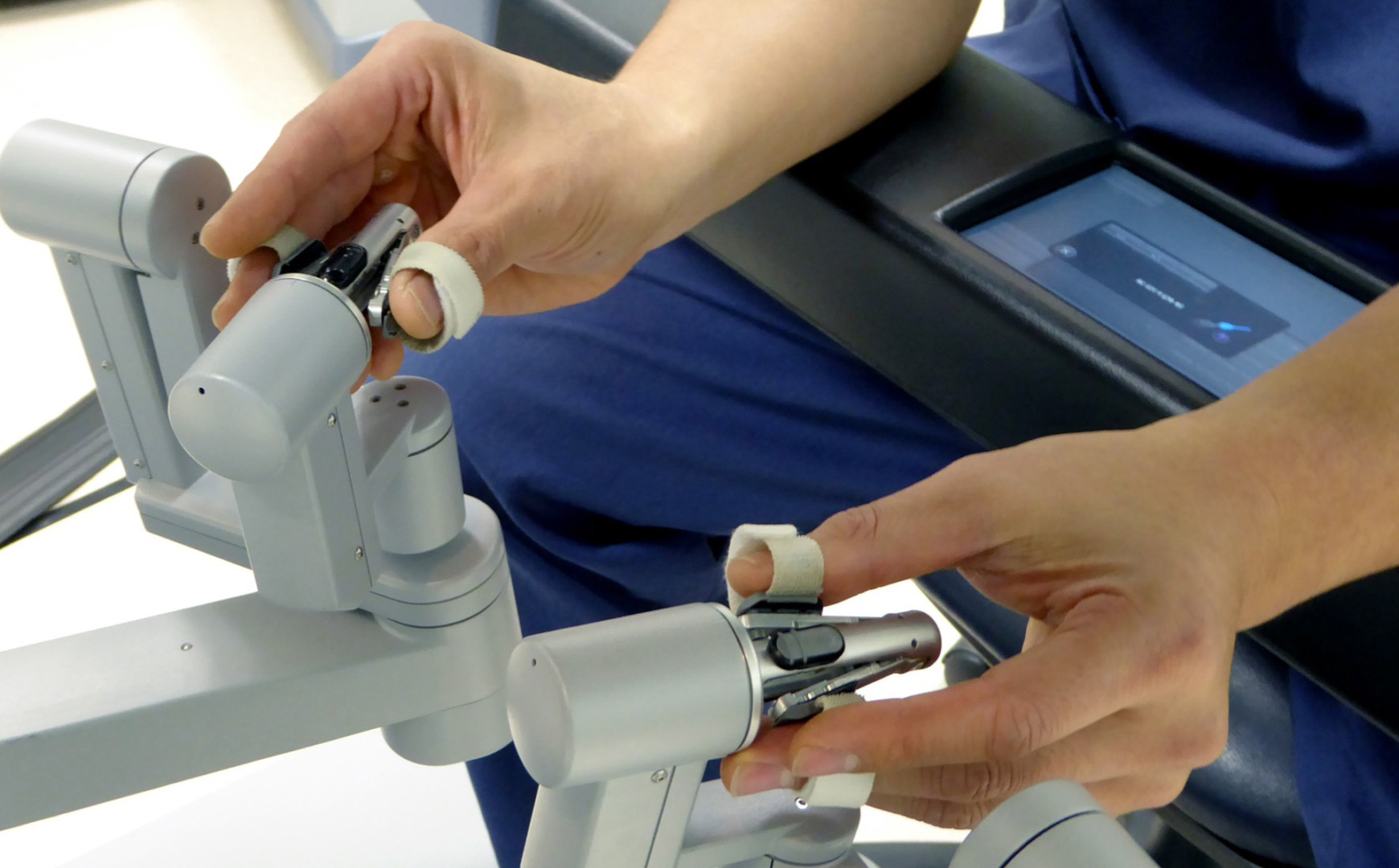
Lymph Node Assessment Is A Critical Component
Regardless of which type of lung surgery is performed, lymph node assessment plays a crucial role in staging and treatment planning. During your operation, the surgeon will need to remove nearby lymph nodes to examine them for cancer cells. This information helps determine whether additional treatments, such as chemotherapy or radiation therapy, will be beneficial.
The number and location of lymph nodes removed vary depending on the type of surgery and the characteristics of the cancer. This thorough approach ensures that your treatment team has complete information to guide your ongoing care and monitor for any signs of recurrence.
Preoperative Preparations and Postoperative Care
Adequate preoperative preparation is crucial to achieving optimal outcomes in lung surgery. Patients will typically undergo various assessments to evaluate their overall health and suitability for surgery. This includes a comprehensive physical exam and tests to assess their ability to tolerate the removal of lung tissue.
There are also several things patients can do to ensure their body is in the best condition possible before surgery, which can improve patient outcomes. These tasks include:
- Stop smoking at least four weeks before surgery to minimise complications.
- Receive nutritional support
- Engage in prehabilitation, focusing on a balanced diet and regular exercise
- Prepare mentally to enhance readiness for surgery
These steps help to optimise the patient’s condition before undergoing such a significant surgical procedure.
Postoperative care is crucial for a smooth recovery after lung surgery. Patients typically stay in the hospital for about two days being monitored by medical staff. Chest tubes are used to drain fluid and air from the chest. Pain management typically includes a patient-controlled analgesia system, which allows patients to self-administer pain relief as needed.
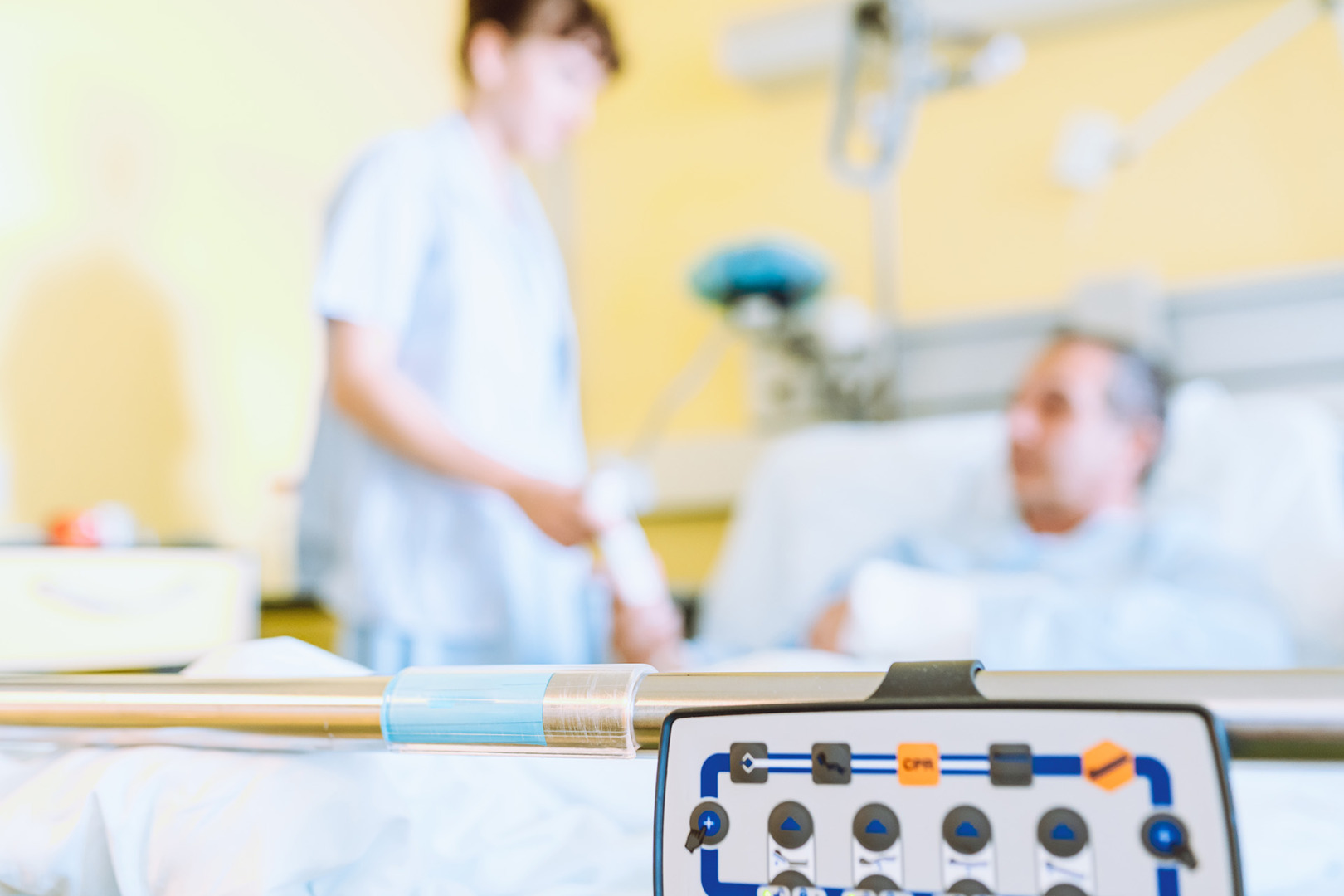
Recovery and Long-Term Outcomes
Recovery can take several weeks, with patients often feeling fatigued for months. Follow-up appointments typically occur two to six weeks after surgery to assess recovery and address any concerns that may have arisen. Patients must follow their doctor’s advice on diet, exercise and deep breathing exercises to aid recovery and achieve the best possible outcomes.
Many patients are amazed by their body’s ability to adapt to changes in lung capacity, with most returning to their previous activity levels within several months.
The Neumark surgical team will work closely with you throughout the recovery process, monitoring your progress and making adjustments to recommendations as needed. The goal is not just to remove the cancer. The real aim is to help you return to the fullest possible quality of life.

Risks and Complications
Despite advances in surgical techniques, lung surgery remains a complex procedure that carries various risks and potential complications. Common issues include pneumonia, bleeding and air leaks that can lead to lung collapse. There is also a risk of requiring additional interventions, such as chest drains and infections, including chest and wound infections.
Bleeding may occur immediately after surgery, sometimes necessitating further procedures to address the cause, including the management of blood clots and blood loss. While these risks are significant, the benefits of lung surgery often outweigh the potential complications, primarily when performed at specialised centres with experienced surgical teams.
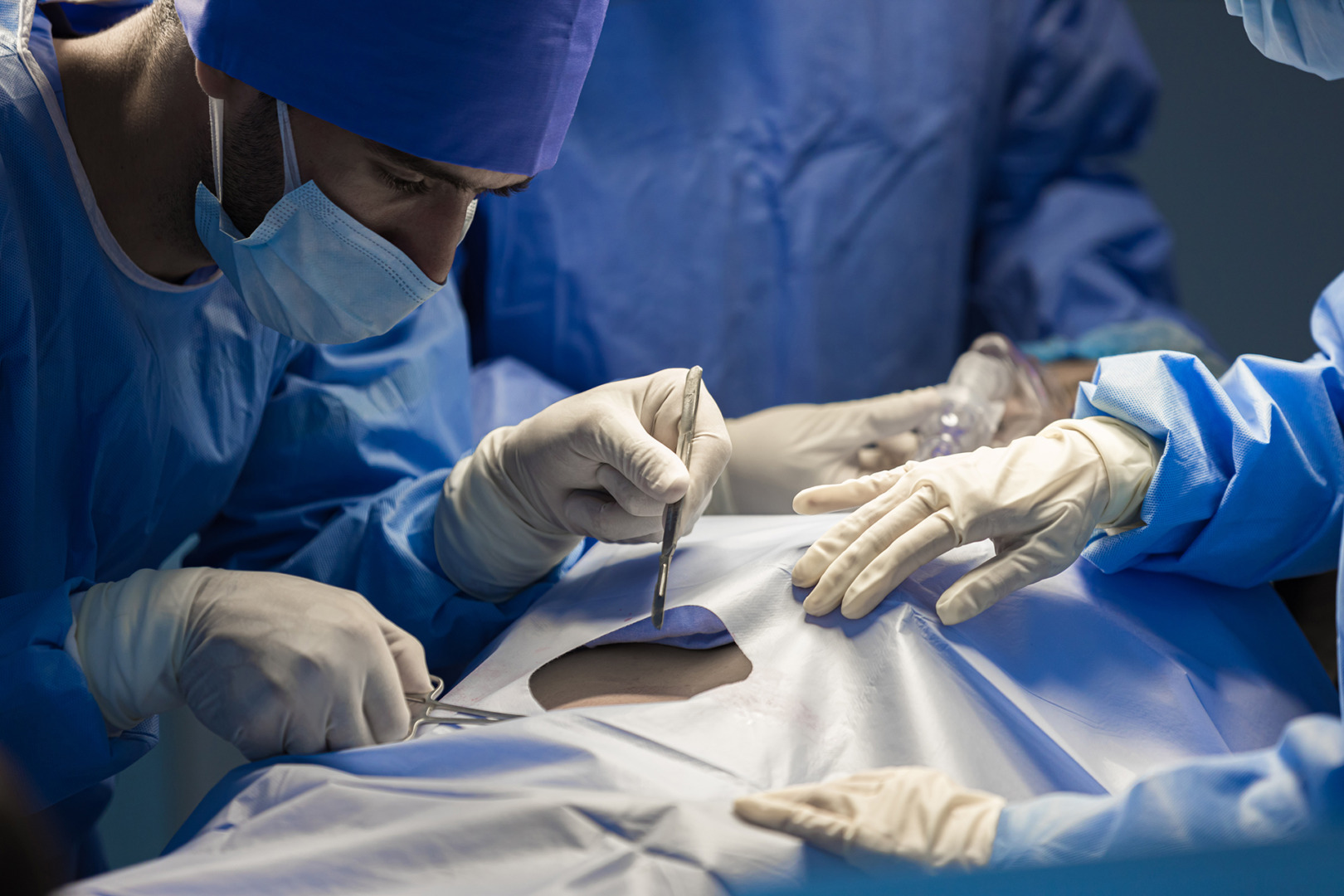
Making the Right Choice for Your Situation
Selecting the most suitable type of lung surgery for your situation requires careful consideration of multiple unique factors. At Neumark Lung & Chest Surgery Centre, our experienced team takes time to understand not only the medical aspects of your case but also your personal goals and concerns.
The best surgical outcomes occur when patients are fully informed partners in their care. Our surgeons will explain the pros and cons of different approaches, discuss expected outcomes, and address all your questions before you make an informed treatment decision. Each of Neumark’s team members plays a critical role in this process, from preoperative assessments to postoperative care, ensuring that our patients receive comprehensive and coordinated care throughout their surgical journey.
If you or a loved one has been diagnosed with lung cancer, we encourage you to schedule a consultation with our expert team at Neumark Lung & Chest Surgery Centre. Our comprehensive approach to lung cancer treatment, combined with our commitment to minimally invasive techniques, ensures you receive the most advanced care available. Contact us today to discuss your treatment options and begin your recovery journey.
